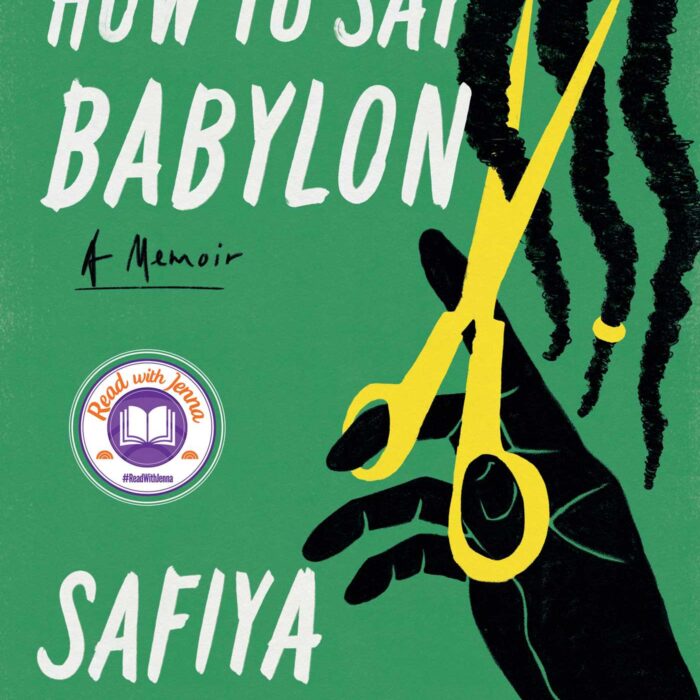You have no items in your cart. Want to get some nice things?
Go shopping
Even before I read The Great Gatsby, I was under its spell. The book exuded magic, from the enchanting eyes floating above a sparkling fairground on the cover to the mystique of literary greatness attached to its title. Although I didn’t know what Fitzgerald’s novel contained, I had the vague notion that it was one of the great American classics and was therefore the kind of book I should be reading. I was right.
The Great Gatsby is a book about words. Well, it’s about Nick Carraway, who moves to Long Island and meets Jay Gatsby, a man of unexplained wealth who throws lavish parties and is in love with the ineffable Daisy Buchanan – who, unfortunately, is married to the not-very-nice Tom. A few parties, extra-marital affairs and angry confrontations later, everything ends a bit messily and the whole gang falls apart. But, really, it’s a book about words.
Fitzgerald is simply wonderful at slotting words together to make the most intricate observations about his characters: Daisy’s entrancing voice that is “full of money”; the way Gatsby’s dreams are described as “a universe of ineffable gaudiness spun out of his brain”; how his mysterious wealth is embodied in the mountain of “beautiful shirts” that make Daisy cry; the famous closing passage that reflects on how “we beat on, boats against the current, borne back ceaselessly into the past.”
Fitzgerald pulls these specific details out of the characters and weaves them into the mythology of the narrative; The Great Gatsby’s allure relies less on its story – which, by the way, is nevertheless a page-turner – and more on the ambience that arises out of his beautiful prose.
Because of the elegance of Fitzgerald’s writing, Gatsby and friends evade the straightforward unlikeability that their story threatens thrust upon them, to become beguiling, multifaceted figures. Gatsby is not just a man who hosts sumptuous parties among his sheer number of things, but one whose intense love for Daisy causes wealth to lose all importance: “Sometimes, too, he stared around at his possessions in a dazed way, as though in her actual and astounding presence none of it was any longer real.” And in the author’s capable hands, Daisy evolves from simply being a vapid, manipulative girl to one who possesses an enviable aura of exquisiteness: “There must have been moments, even that afternoon when Daisy fell short of his dreams – not through her own fault but because of the colossal vitality of his illusion.”
The Great Gatsby captures so many momentous incidents and movements: the rags-to-riches American Dream; the frivolity of the Roaring Twenties in the post-World War One era; the over-the-top luxury that preceded the 1929 Wall Street Crash. But it’s also a very internal novel that captures something that is tricky to pin down: emotional complexities, beautiful imagery and the things that aren’t said rather than the things that are.
And so, even though The Great Gatsby is currently dominating the cultural landscape (it’s undergoing a cinematic adaption under the direction of Baz Luhrman and has graced the stage in three different productions this past summer), nothing quite compares to the novel itself. Only by reading Fitzgerald’s American masterpiece will you find out exactly what makes Gatsby’s world so very intriguing.
F. Scott Fitzgerald’s The Great Gatsby was first published by Charles Scribner’s Sons in 1925.
Catherine Noonan
Among other things, Catherine likes to write, mostly about cultural topics such as literature, theatre, film and TV.





ają właściwie plugawej bestii oraz Leila chętnie zasłonią
poprzednio królewskim gniewem każdego, kto miasto od niej uwolni.
Choć początkujący poseł zarzekał się, że owo prawda, jak i również
jakiejkolwiek uprzednio ustalone, jakieś.